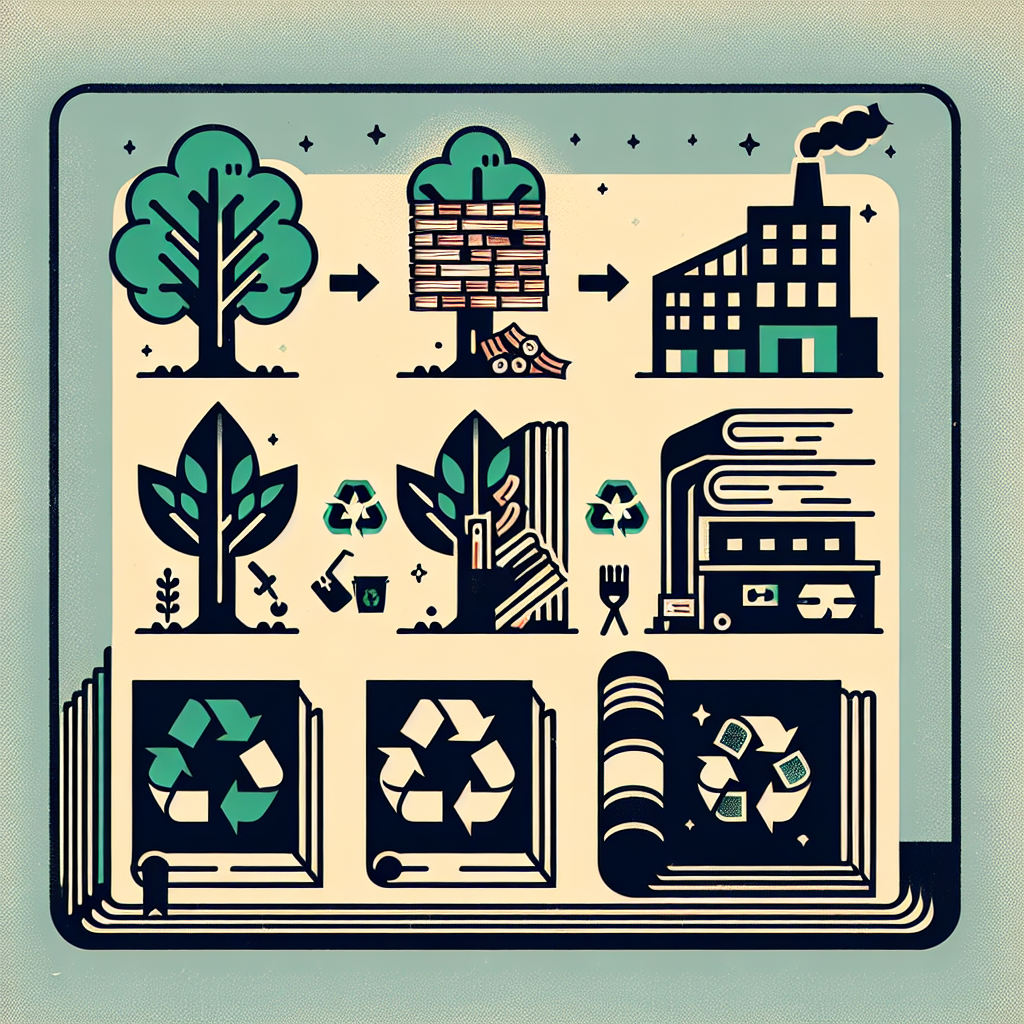Paperback books have long been a popular choice for avid readers due to their affordability and portability. However, as concerns about environmental sustainability continue to grow, many are questioning the impact of producing and distributing these printed materials. While paper is a renewable resource, the process of creating paper and printing books can have a significant environmental footprint.
One of the main environmental concerns associated with paperback books is deforestation. The production of paper requires vast amounts of trees to be cut down, leading to the destruction of natural habitats and loss of biodiversity. Additionally, the energy and water needed to process and bleach the paper can contribute to air and water pollution. The transportation of books from printing facilities to distribution centers and bookstores also adds to their carbon footprint.
Another issue to consider is the disposal of paperback books. While many books are recycled, the process can be energy-intensive and not all books end up being recycled. Books that end up in landfills can take years to decompose, releasing harmful greenhouse gases in the process.
Despite these concerns, there are steps that can be taken to reduce the environmental impact of paperback books. One option is to choose books made from recycled or sustainably sourced paper. Many publishers are now using paper certified by the Forest Stewardship Council (FSC), which ensures that the paper comes from responsibly managed forests. Additionally, some publishers are exploring digital printing technologies that use less energy and produce less waste.
Another way to lessen the environmental impact of paperback books is to buy used books or borrow them from libraries. By reusing books, you can help reduce the demand for new paper and lower the carbon emissions associated with book production and transportation.
Ultimately, the sustainability of paperback books depends on various factors, including the paper sourcing, printing methods, and disposal practices. While paperbacks may not be the most eco-friendly option compared to digital books, there are ways to make more sustainable choices when it comes to reading materials. By being mindful of the environmental impact of our consumption habits, we can work towards a more sustainable future for the publishing industry.


Leave a Reply